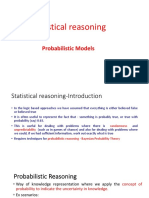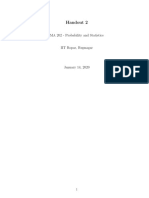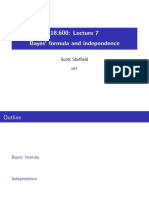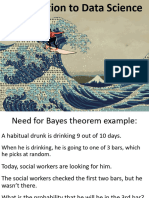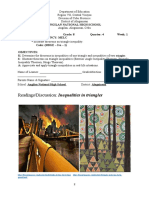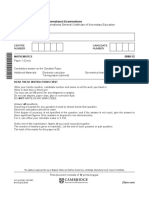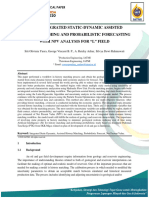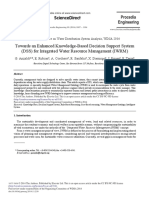0% found this document useful (0 votes)
6 views10 pagesLearning Modles Assignment-2
Bayesian Classification is a supervised learning method that uses Bayes' Theorem to predict class probabilities based on prior knowledge and observed features. Key concepts include prior probability, likelihood, posterior probability, and evidence. The document also covers mutually exclusive events, joint probability, conditional probability, Bayes' Theorem, and the Naive Bayes classification technique, providing definitions, explanations, and examples for each concept.
Uploaded by
likith9380Copyright
© © All Rights Reserved
We take content rights seriously. If you suspect this is your content, claim it here.
Available Formats
Download as DOCX, PDF, TXT or read online on Scribd
0% found this document useful (0 votes)
6 views10 pagesLearning Modles Assignment-2
Bayesian Classification is a supervised learning method that uses Bayes' Theorem to predict class probabilities based on prior knowledge and observed features. Key concepts include prior probability, likelihood, posterior probability, and evidence. The document also covers mutually exclusive events, joint probability, conditional probability, Bayes' Theorem, and the Naive Bayes classification technique, providing definitions, explanations, and examples for each concept.
Uploaded by
likith9380Copyright
© © All Rights Reserved
We take content rights seriously. If you suspect this is your content, claim it here.
Available Formats
Download as DOCX, PDF, TXT or read online on Scribd
/ 10


